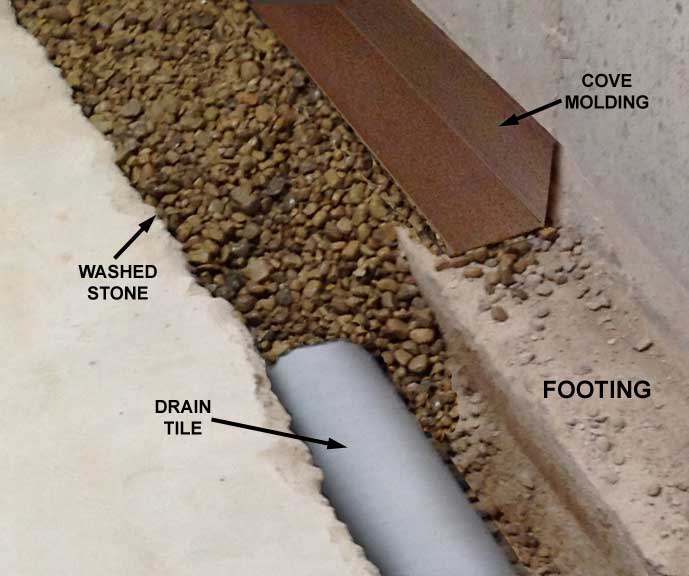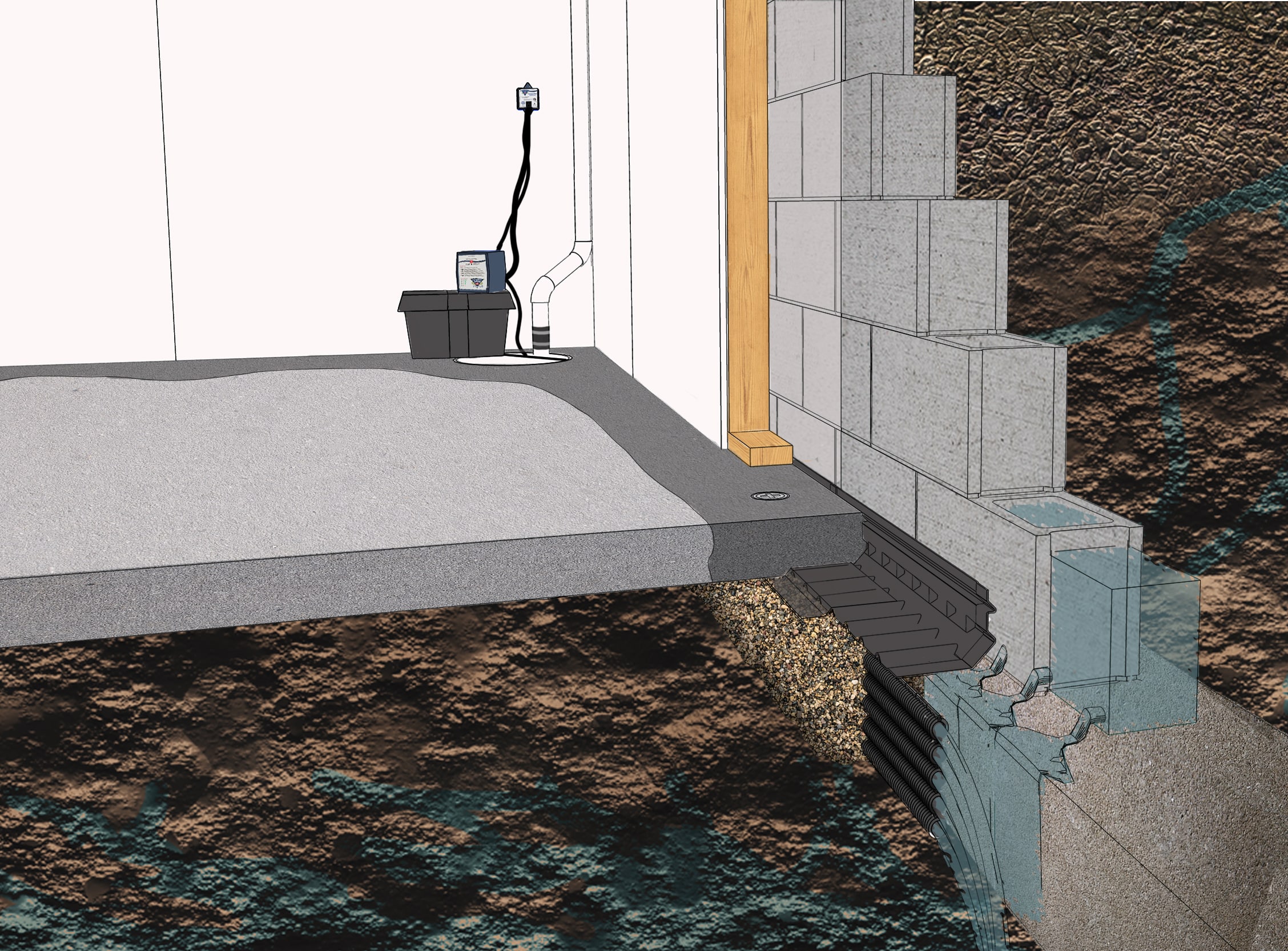Recognizing the Importance of Structure Waterproofing for Long-Lasting Structural Honesty
In the realm of residential property maintenance, foundation waterproofing stands as a critical consider safeguarding architectural honesty. While often neglected, the risks presented by water intrusion can cause expensive and extensive damage that threatens the very foundation of a building. Recognizing the nuances of waterproofing can expose how it functions as an essential defense mechanism against these threats. However, the benefits expand past plain security, affecting elements such as building worth and indoor health. What approaches properly prevent such concerns, and exactly how does one make sure the ideal selections are made? These questions welcome a much deeper evaluation.
Dangers of Water Breach
Water intrusion's effect on a structure can be significant, leading to a host of possible issues that compromise the honesty of a building's foundation. As wetness seeps right into the structure, it can deteriorate the architectural components, leading to splits and disintegration gradually. This infiltration not only decreases the structure's strength however likewise poses a risk to the whole structure's security. Consistent water direct exposure can lead to the development of mold and mold, exacerbating wellness worries for owners and raising maintenance prices.
In addition, water intrusion can add to the degeneration of building materials. Additionally, water breach often leads to enhanced moisture degrees within the building, which can affect electric systems and other framework.
One more substantial risk connected with water intrusion is soil instability. Excess dampness can modify the make-up of the dirt bordering the structure, leading to unequal settling and additional structural damage - Leaky basement Toronto. Promptly dealing with water invasion is critical to maintaining the durability and safety of any structure

Advantages of Waterproofing
Applying structure waterproofing is an essential action in safeguarding a structure from the damaging impacts of water invasion. By producing an obstacle against wetness, waterproofing aids maintain the foundation's toughness and longevity over time.
Additionally, waterproofing dramatically improves indoor air top quality. Wetness seepage can cultivate mold and mold development, which not only damages structure materials but additionally postures wellness risks to residents. A properly waterproofed structure reduces these risks, adding to a much healthier interior atmosphere.
Moreover, waterproofing raises building worth. A well-protected structure is an attractive feature for potential customers, as it suggests aggressive upkeep and minimizes the possibility of future structural issues. This financial investment not only safeguards the current state of the residential or commercial property but additionally adds long-lasting value.
Lastly, foundation waterproofing adds to energy performance. By stopping dampness from entering the structure, it aids in preserving regular indoor temperatures, therefore minimizing the need for excessive heating or cooling and resulting in energy cost savings.
Common Waterproofing Techniques
When it comes to protecting a structure's structure, selecting the suitable waterproofing technique is Get More Information essential for effective defense versus dampness breach. One of the most typical techniques is the application of liquid waterproofing membrane layers.
Another you could try these out widespread technique is the installment of sheet membrane layers, which are pre-formed sheets of waterproof material, typically asphalt or polyvinyl chloride (PVC), that are complied with the structure walls. These sheets give durable security and are especially effective in locations with high groundwater levels.
Cementitious waterproofing is one more widely-used remedy, especially in new constructions. This entails applying a cement-based compound blended with additives to develop a water resistant layer. It is very easy to use and economical, making it a popular choice for domestic buildings.

Indications of Structure Damages
To maintain the stability of a structure's structure, recognizing the indications of potential damage is as crucial as picking the ideal waterproofing methods. One of the most obvious indications of structure damage is the appearance of splits in the wall surfaces, floors, or structure itself.
Uneven floorings are one more common sign, typically brought on by the settling or shifting of the structure. Homeowners might additionally notice windows and doors coming to be tough to close or open, showing prospective misalignment due to structure motion. Water intrusion signs, such as moisture, mold, or mildew in the basement, recommend poor waterproofing or drainage problems, which can exacerbate structure problems.

Picking the Right Contractor
Picking the ideal professional is essential for guaranteeing effective foundation waterproofing tasks. Begin by looking into prospective contractors with a tested track document in structure waterproofing.
It is vital to obtain several quotes to contrast rates and range of job offered by each service provider. next Be cautious of price quotes that are dramatically reduced than others, as this may show substandard products or workmanship.
Verify their understanding of neighborhood structure codes and regulations to prevent potential conformity issues. By taking these steps, you can choose a specialist who will deliver quality, long lasting waterproofing options.
Conclusion
Structure waterproofing is necessary for keeping architectural stability and stopping prospective damages created by water intrusion. By carrying out efficient waterproofing techniques, the threats of mold development, material wear and tear, and dirt instability are considerably reduced.
In the world of building maintenance, foundation waterproofing stands as a pivotal aspect in safeguarding architectural honesty.Applying foundation waterproofing is a vital step in securing a structure from the destructive impacts of water invasion. One of the most evident indications of structure damages is the look of cracks in the wall surfaces, floors, or structure itself. Water invasion indications, such as moisture, mold and mildew, or mildew in the basement, recommend insufficient waterproofing or drain concerns, which can exacerbate foundation issues.
Foundation waterproofing is vital for preserving structural stability and avoiding prospective damage created by water intrusion. - basement waterproofing Toronto